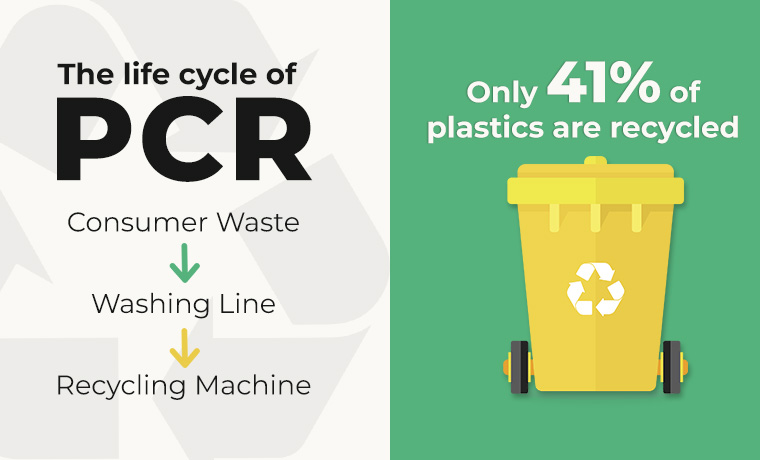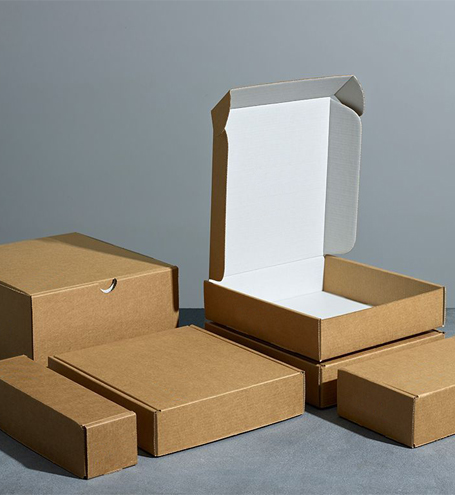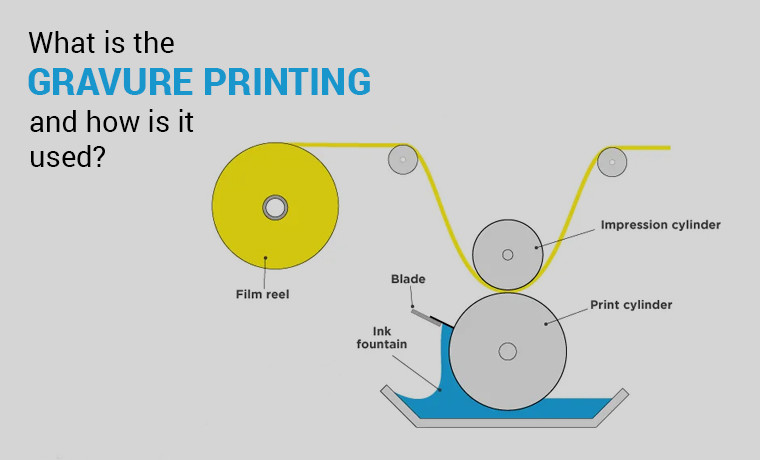All You Need to Know About Post-Consumer Recycled Content
September 05, 2025

In today’s sustainability-driven world, reducing waste is no longer a choice—it’s a necessity. With global landfill overflow and rising waste management costs, both individuals and companies are looking to embrace environmentally responsible practices.
According to UNEP, the global cost of waste management reached $252 billion in 2020, and municipal solid waste is projected to grow from 2.1 billion tonnes in 2023 to 3.8 billion tonnes by 2050. These growing numbers emphasize the urgent need for smarter waste reduction strategies.
One of the most impactful solutions gaining momentum is the use of Post-Consumer Recycled content. This material is derived from products that are disposed of by consumers and are now being given a second life through recycling.
This guide will break down what a post-consumer recyclable material is, how it differs from other eco-friendly packaging options, its pros and cons, and why it’s becoming a cornerstone of sustainable product packaging.
What is Post Consumer Recycled (PCR) Content?
Post-Consumer Recycled (PCR) content refers to materials that have been recovered from consumer waste, such as plastic bottles, cardboard boxes, or paper products, customers throw in bins, and reprocessed into new, usable products or packaging.
After use, consumers discard these products into recycling bins, where they're collected, cleaned, and reprocessed into new packaging. These materials are then used to manufacture everything new, from packaging films to bags and containers.
Why PCR Content Matters for a Circular Economy?
PCR is a growing trend in sustainable packaging solutions for brands looking to lower their environmental impact. It helps reduce waste, conserve natural resources, and minimize the environmental impact of creating new materials.
Produce > Use > End of life > Recycle > Reuse
Best Post-Consumer Recycled Content Examples
Top examples of post-consumer recycled (PCR ) content are:
- Recycled paper
- Plastic bottles
- Aluminum cans
- Glass jars
What is Post Consumer Waste (PCW)?

PCW means plastic waste, garbage, or discarded material that is thrown away by customers after use. This includes items such as:
- Empty plastic water bottles
- Used cardboard packaging
- Old newspapers
- Spent paper towels and tissue
- Toilet paper
Unlike pre-consumer waste (which includes manufacturing scraps and unused products), PCW comes directly from consumers and forms a significant portion of global solid waste.
What’s the Environmental Importance of PCW?
PCW becomes a valuable resource for creating Post-Consumer Recycled (PCR) content when properly collected and recycled.
According to the U.S. Environmental Protection Agency (EPA), paper waste has one of the highest recycling rates at 68%, contributing to the environment than recycled materials, showcasing the potential of PCW to be reintegrated into production cycles.
Consumers often drink water and dispose of water bottles improperly. A newspaper that consumers leave behind after reading is another example of waste.
By turning PCW into PCR packaging, you can:
- Divert materials from landfills
- Reduce environmental pollution
- Conserve energy and raw resources
- Support a circular economy model
How Does PCR Packaging Differ From Compostable and Recyclable Packaging?

PCR, compostable, and recyclable packaging all support sustainability. However, they differ from each other in material composition, manufacturing process, and life cycle. Here is the breakdown to help you differentiate them better.
| Features | PCR | Compostable | Recyclable |
| Material & Process | Made from recycled plastic waste and then transformed into new packaging | Made from plant-based material and is designed to break down into organic under composting conditions | Made from paper, plastic, glass, and aluminum. It is arranged, collected, and processed into new recycled packaging |
| Process | Waste is collected, cleaned, melted, and reprocessed into new packaging | Designed to decompose into natural elements under composting conditions | Materials are sorted, cleaned, and remanufactured into new products |
| Environmental Impact | Reduces plastic impact, and carbon footprints | Reduces landfill waste | Reduces resource consumption. Saves raw materials and energy. |
| Best Examples | Recycled plastic water bottles, PCR film pouches | Compostable food containers and custom bags | Aluminum cans, glass bottles, paper boxes, glass jars |
What are The Pros Of PCR Packaging?
PCR, also known as post-consumer recycled or post-consumer resin, is undoubtedly an eco-friendly and sustainable packaging option. However, it serves many benefits to industries like food, pharmaceuticals, and sports.
- PCR reduces plastic waste, which entices eco-conscious consumers.
- PCR allows packaging manufacturers to produce the highest quality products, like the purest plastic products from a raw material, at economical rates to minimize environmental impact. The PCR plastic type is matched with the regular plastic film to offer strength and protection.
- PCR packaging restricts light, oxygen, and other gases, and it does not let the quality down inside the package.
- Post-consumer recycled packaging is suitable for food contact if it is manufactured under the FDA guidelines.
Read More: Biodegradable vs. Recyclable Coffee Packaging: What You Need To Know
Top Industries That Benefit Most from PCR
Here is the list of the top best industries enjoying the advantages of using post-consumer recycled content.
- Packaging
- Furniture
- Construction
- Automotive
- Textile
- Cosmetics
What are The Cons of PCR Packaging?
- The reheating process while creating PCR recycling plastic can affect its durability, colors, and quality, depending on the plastic material or resin from which it is being produced. This is because the dark properties of PCR plastic do not match the aesthetics and leave a bad impression on consumers.
- Collecting, cleaning, and processing recycled plastic in manufacturing makes this packaging more expensive.
- PCR packaging is not biodegradable as it breaks down into microplastics over time.
To Sum Up
Sustainability is the future. The shift toward PCR content isn't just a trend—it's a choice for a greener future. Every time, choosing products made from PCR materials means reducing plastic waste. Choose PCR-label products next time you shop and be a part of the solution, not the pollution. Ready to switch to PCR packaging? Stop by Custom Product Packaging, producing PCR pouches and custom packaging that meet your needs. Let’s get connected. Our packaging experts are here to bring innovative ideas to support your sustainability vision. Call us now or email us at orders@customproductpackaging.com.





